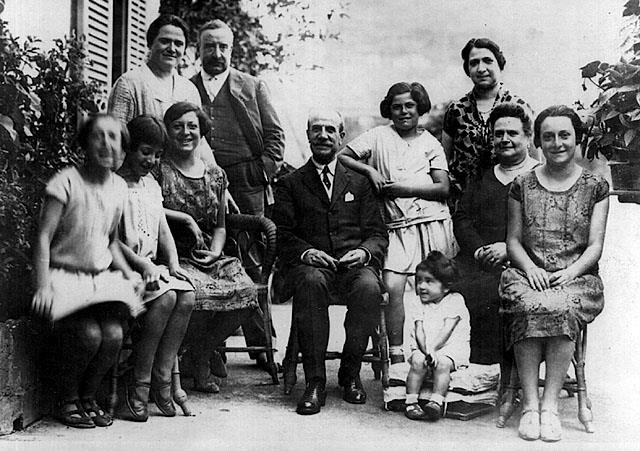
The Jewish Community of Napoli
Napoli
In English: Naples
A city and former kingdom in south Italy.
The first Jewish settlement in Naples probably dates to the first century C.E. By the fourth century C.E. the community was of considerable size and economically important. In 536 the Jewish population helped the Goths, although unsuccessfully, to defend the city when it was besieged by the Byzantines. 11TH and 12th century documents show that the Naples community had a synagogue and a school. Jews enjoyed the right to own real estate and to dispose of it as they wished. Benjamin of Tudela, who visited the town in c. 1159, found 500 Jews living there. From 1288, under Charles II, anti-Jewish disorders incited by Dominican preachers occurred; they reached their height in 1290 when serious outrages were committed and a synagogue was converted into a church. However, in 1330 Robert of Anjou invited Jews from the balearic islands to settle in Naples and in the rest of his kingdom, promising them protection against annoyance and the same taxation rights as those enjoyed by
Christians. From 1442, under the rule of Aragon, conditions for the Jews in Naples and its surroundings were favorable, and attracted Jews from various parts of Europe.
At the end of 1492 and the beginning of 1493, a large influx of refugees from Sicily, Sardinia, and Spain found temporary asylum in Naples. The Spanish refugees, undernourished and sick, probably introduced the pestilence in 1492 that struck down 20,000 persons in Naples alone.
Among the Spanish refugees who landed in Naples in 1492 was Don Isaac Abrabanel, who became fiscal adviser to King Ferdinand I and Alfonso II. In 1495 the kingdom of Naples was conquered by the Spanish and in 1496 a decree for the expulsion of the Jews was issued, although not implemented. The expulsion of the Jews was definitively for 200 wealthy Jewish families who undertook to pay an annual tax of 300 ducats to the crown. In 1515 the new Christians were also expelled from the kingdom. The 200 wealthy families, who had been joined by others in 1520, had increased to 600 within the following decade. Although a new decree of expulsion was issued in 1533, permission was granted to the Jews in November 1535 to reside in Naples for a further ten years against the payment of 10,000 ducats. However, the agreement was not respected by emperor Charles V, and in 1541 he ordered the total expulsion of the Jews; this coincided with the establishment of a Christian loan bank (monte di Pieta) in Naples. It was not until 1735, when the kingdom passed to the Bourbons, that Jews were readmitted into Naples and the vicinity by an edict signed by Charles IV on Feb. 3, 1740. However, following pressure by Jesuits and the church, the few Jews who had accepted the invitation were again expelled (Sept. 18, 1746). At the beginning of the 19th century, several Jewish families were residing in Naples, among them the banker Karl Mayer Von Rothschild of Frankfort on the Main. Religious services began to be held in Naples in 1831, but a synagogue was not opened until June 1864.
In 1931 there were 998 Jews in the community of Naples, whose authority extended to all southern Italy.
Persecutions during World War II had minor consequences as the allied landing led to a speedy liberation of southern Italy. Nevertheless, 11 Jews were taken to extermination camps from Naples and other were killed elsewhere. After the war 534 Jews remained in the community. In 1969 there were 450 Jews in Naples.